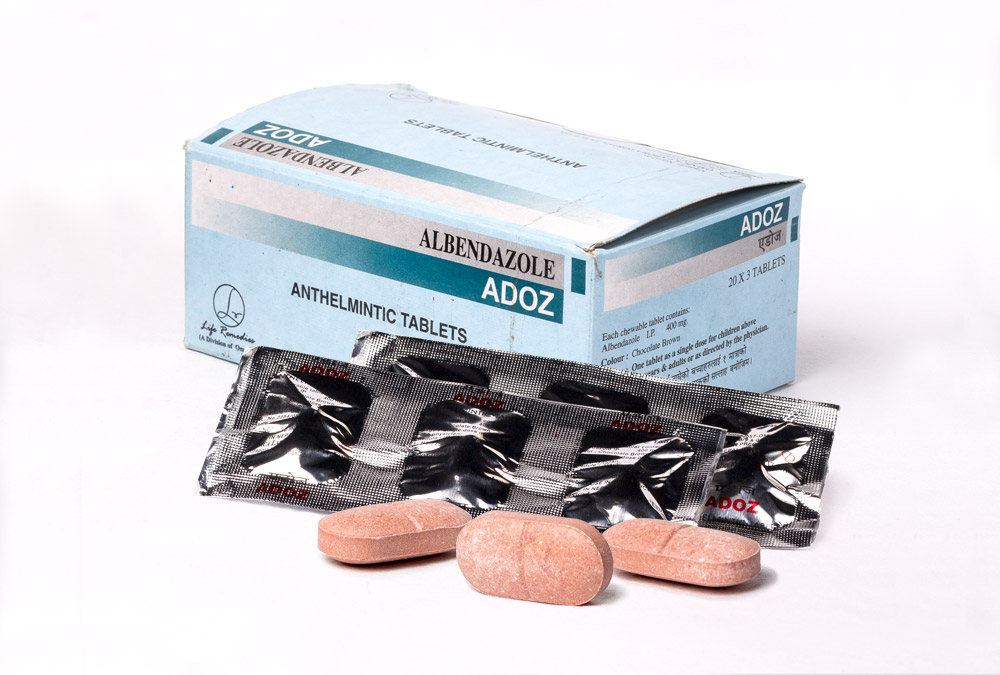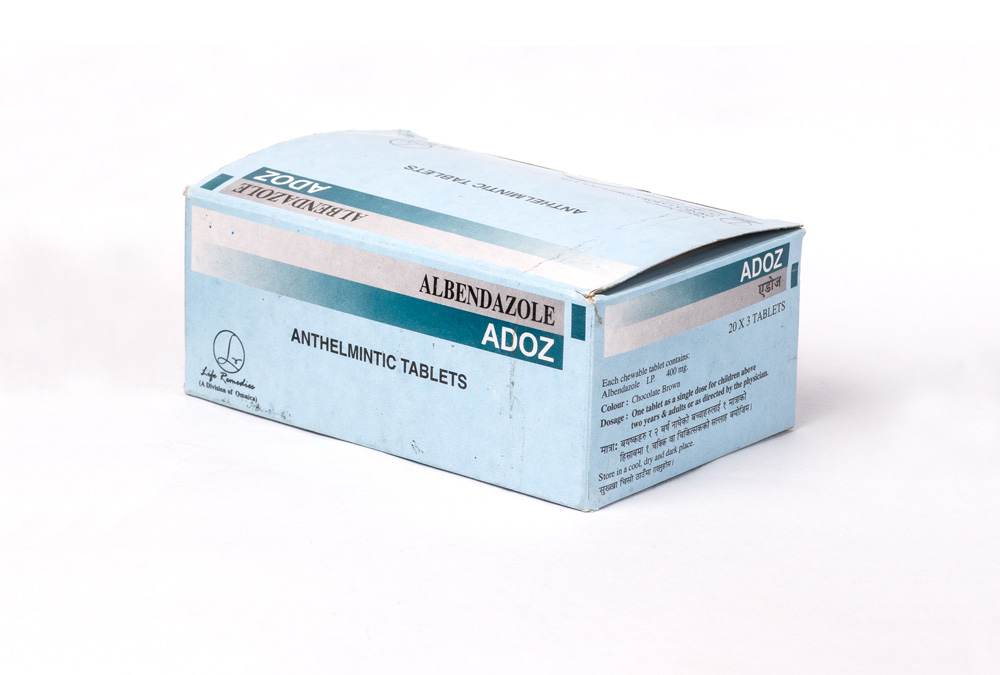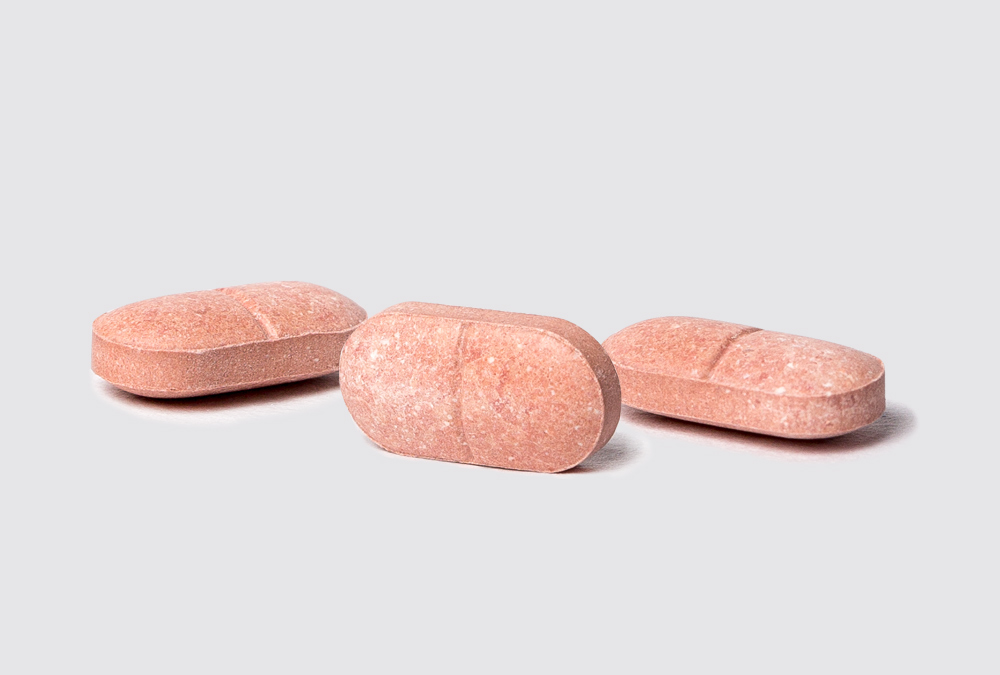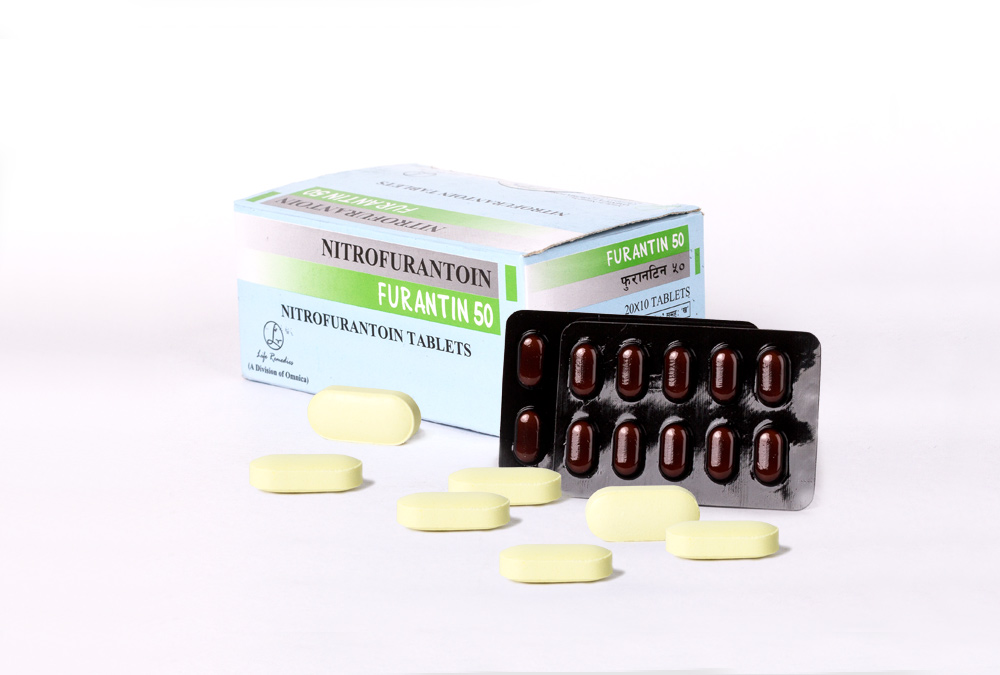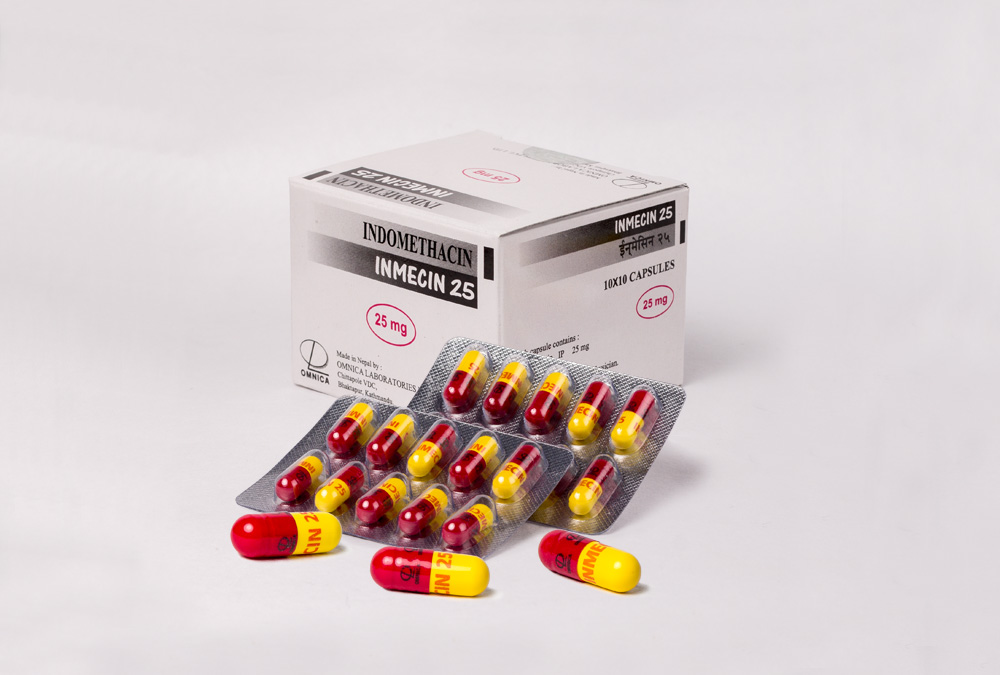Brand Name : ADOZ
Generic Name : Albendazole
Preparation : 400 mg Chewable Tablet
Pharmacological Category : Antihelmintic
Mechanism of Action (MOA)
ADOZ (Albendazole) binds to β tubulin of parasites inhibiting their polymerization into microtubules. This leads to absorptive malfunction especially glucose by adult and larval forms of parasite resulting in insufficient energy for ATP production and eventually death of parasite.
Pharmacokinetics
- Absorption : Poorly absorbed from the gastrointestinal tract due to its low aqueous solubility.
- Time to Peak, Plasma : 2 to 5 hours (Albendazole sulfoxide)
- Protein Binding : 70%
- Distribution : Widely distributed throughout body, detected in urine, bile, liver, cyst wall, cyst fluid, and cerebrospinal fluid
- Metabolism : Liver (active metabolite – Albendazole sulfoxide)
- Elimination Half-life : about 8.5 hours (Albendazole sulfoxide)
- Excretion : Albendazole sulfoxide: faeces (primarily), urine (under 1%)
Indications and Dosage
- Neurocysticercosis caused by Pork Tapeworm :
- Under 60 kg : ADOZ 15 mg per kg daily up to ADOZ 800 mg daily administered in 2 equally divided doses with meals for 8 to 30 days; repeat as necessary
- 60 kg and above : One tablet of ADOZ twice daily with meals for 8 to 30 days; repeat as necessary
- Hydatid Disease caused by Tapeworm especially Echinococcus species :
- Under 60 kg : ADOZ 15 mg per kg daily up to ADOZ 800 mg daily administered in 2 equally divided doses with meals for 28 days followed by a 14 days Albendazole free interval; repeat for a total of 3 dosage cycles
- 60 kg and above : One tablet of ADOZ twice daily with meals for 28 days followed by a 14 days Albendazole free interval; repeat for a total of 3 dosage cycles
Note : Perioperative use of Albendazole may be indicated to minimize the risk of intraoperative dissemination of daughter cysts.
- Ascariasis caused by Roundworm : One tablet of ADOZ single dose
- Enterobiasis caused by Threadworm, Pinworm : One tablet of ADOZ as first dose followed by one tablet of ADOZ as second dose given 2 weeks later
- Filariasis (caused by Eye-worm especially Mansonella perstans): One tablet of ADOZ twice daily for 10 days
- Hookworm Infections :
- Cutaneous Larva Migrans (Creeping Eruption) : One tablet of ADOZ daily for 3 days
- Intestinal Hookworm Infections : One tablet of ADOZ single dose; repeat the dose if stool examination is positive after 2 weeks of treatment
- Eosinophilic enterocolitis caused by Dog / Cat Hookworm : One tablet of ADOZ single dose
- Strongyloidiasis caused by Threadworm : One tablet of ADOZ for 3 days with treatment repeated one week later.
- Trichuriasis caused by Whipworm : One tablet of ADOZ daily for 3 days
- Trematode (Fluke) Infections : ADOZ 10 mg per kg daily for 7 days
- Giardiasis caused by Giardia lamblia : One tablet of ADOZ daily for 5 days alone or in conjunction with Metronidazole
- Elephantiasis (Lymphatic Filariasis) : One tablet of ADOZ with Ivermectin or with diethylcarbamazine once a year for at least 5 years
Side Effects
More than 10% :
Hydatid disease / Neurocysticercosis : Headache, abnormal liver function test results
1-10% :
Hydatid disease : Abdominal pain, fever
Neurocysticercosis : Increased intracranial pressure, meningeal signs
Hydatid disease / Neurocysticercosis : Nausea, vomiting, dizziness / vertigo, alopecia (reversible)
Less than 1% :
Rash, urticaria, agranulocytosis, aplastic anemia, bone marrow suppression, granulocytopenia, thrombocytopenia, hepatitis, acute liver failure, acute renal failure
Contraindications
Hypersensitivity to Albendazole or Benzimidazole derivatives or any component in the formulation
Warnings / Precautions
- Monitor theophylline levels if used concomitantly.
- Monitor blood counts in all patients at the beginning of each 28-day cycle of therapy and every 2 weeks while on therapy; discontinue therapy if clinically significant changes in blood counts occur.
- Appropriate corticosteroid and anticonvulsant is required during neurocysticercosis treatment due to adverse CNS effects like seizure and hydrocephalus.
- Avoid usage in pregnant women except in clinical circumstances where no alternative management is appropriate.
- Examine patient for presence of retinal lesions before initiating therapy for neurocysticercosis due to risk of retinal damage in retinal cysticercosis.
- Monitor liver enzymes before start of each 28-day cycle of therapy and at least every 2 weeks while on the therapy and discontinue on significant elevations.
Drug Interactions
- Cimetidine increases albendazole sulfoxide concentrations in bile and cystic fluid in Hydatid cyst patients.
- Dexamethasone increases trough concentrations of albendazole.
- Praziquantel increases plasma concentrations of albendazole sulfoxide.
- Albendazole may affect metabolism of theophylline, however single albendazole dose does not affect it.
Pregnancy Category : C
Presentation
ADOZ 400 mg : A box of 20 strips, each strip of 3 tablets
